Critical Role There It Is Again The Copper on Your Tongue the Very First Thing You Ever Tasted
Tip of the Tongue: The 7 (Other) Flavors Humans May Taste
Choice of Tastes
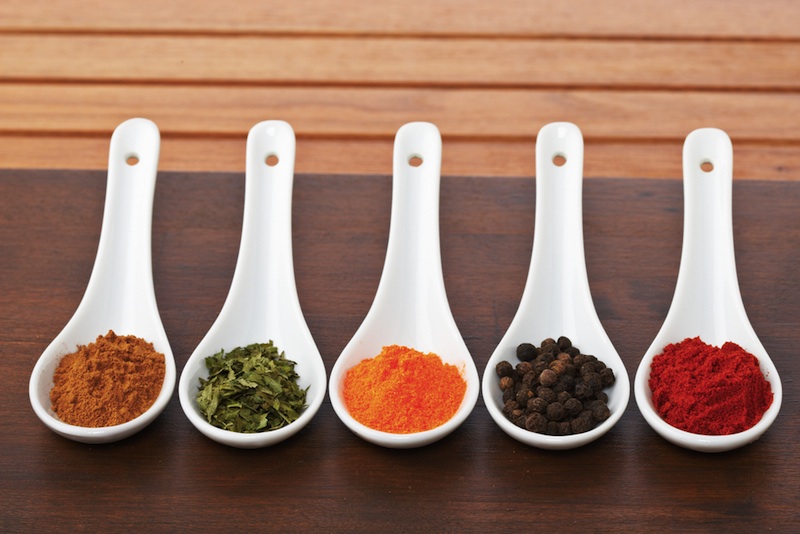
We melt, therefore we are. Over the millennia, humankind – hardly content to consume plants, animals and fungi raw – has created a smorgasbord of cuisines.
Yet for all our composure in the kitchen, the scientific understanding of how we taste food could all the same use some time in the oven. Dating dorsum to ancient Greece and China, the awareness of gustatory modality has historically been described as a combination of a handful of distinct perceptions. Western food research, for example, has long been dominated past the four "basic tastes" of sweet, bitter, sour and salty.
In recent decades, still, molecular biology and other mod sciences have dashed this tidy image. For case, Western scientific discipline at present recognizes the East's umami (savory) every bit a basic taste. Merely even the historic period-onetime concept of bones tastes is starting to crumble.
"At that place is no accepted definition of a basic taste," said Michael Tordoff, a behavioral geneticist at the Monell Chemical Senses Center in Philadelphia. "The rules are changing equally nosotros speak."
Our ability to sense the five accepted categories comes from receptors on our taste buds. These tiny sensory organs appear mostly on the tongue, the roof of the oral cavity and in the dorsum of the throat.
The sense of touch likewise plays a key role in experiencing taste, as evidenced by the stiff opinions on crunchy versus smooth peanut butter. Smell, besides, impacts our tasting abilities. Just ask anyone with a stuffed-upwardly nose picking away at what seems to exist a plate of bland food. [Supertaster vs. Nontaster]
In the mouth itself, though, food scientists continue to detect new receptors and new pathways for gustatory impressions to reach our brain. Here are some taste sensations vying for a place at the table as a sixth basic taste.
Calcium

The element calcium is critical in our bodies for muscle contraction, cellular advice and os growth. Beingness able to sense it in our chow, therefore, would seem similar a handy tool for survival.
Mice seem to have it figured out, kind of. Recent research has revealed that the rodents' tongues accept two taste receptors for calcium. One of those receptors has been institute on the man natural language, though its function in direct tasting calcium is not yet settled, said Tordoff.
Calcium clearly has a taste, however, and counterintuitively most mice (and humans) don't like it. People have described it as sort of bitter and chalky – even at very low concentrations. Tordoff thinks our calcium sense of taste might really exist to avoid consuming too much of it.
An over-sensitivity to calcium-rich foods such as spinach could help explain why 4 out of five Americans don't get enough calcium. "There is a strong relation betwixt people non liking vegetables and calcium," said Tordoff.
Equally for milk and other calcium-loaded dairy, the calcium in it binds to the fat, so we don't taste the mineral all that much, Tordoff noted.
Kokumi

That calcium receptor might also take something to do with an unrelated sixth-taste candidate called kokumi, which translates as "mouthfulness" and "heartiness." Kokumi has been promulgated by researchers from the same Japanese nutrient company, Ajinomoto, who helped convince the taste world of the fifth basic taste, umami, a decade ago.
Ajinomoto scientists published a newspaper in early 2010 suggesting that certain compounds, including the amino acid 50-histidine, glutathione in yeast excerpt and protamine in fish sperm, or milt – which, yeah, they do eat in Nihon, and elsewhere – interact with our tongue's calcium receptors.
The result: an enhancement of flavors already in the oral cavity, or possibly a sure richness. Braised, anile or slow-cooked foods supposedly incorporate greater levels of kokumi.
If all that sounds a chip vague, it does to Western scientists too. Ajinomoto representatives take visited Tordoff's group "and given us foods they say are high in kokumi – but we have no thought what they're talking about," he said. "Kokumi may exist something that the Western palette is non attuned to."
Piquance
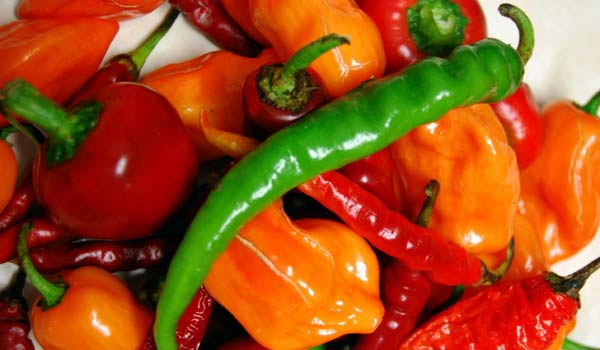
Spicy-food lovers delight in that burn they experience on their tongues from peppers. Some Asian cultures consider this sensation a bones sense of taste, known in English language as piquance (from a French word). Historically, however, food scientists have non classified this undeniable oral awareness every bit a sense of taste.
That's because certain piquant compounds, such as capsaicin from peppers, straight activate our tongue's touch, rather than taste-bud, receptors. The central piquancy receptor is called TRPV1, and it acts as a "molecular thermometer," said John E. Hayes, a professor of food science at Penn State.
Ordinarily, nerves with this receptor send a betoken of hotness to the brain when exposed to substances around 107.6 degrees Fahrenheit (42 degrees Celsius), the heat hurting threshold for humans. Capsaicin fits into this the TRPV1 receptor and lowers the activation temperature to 95 degrees Fahrenheit (35 degrees Celsius) – cooler than torso temperature.
Hence, "suddenly the receptor is sending signals to brain about 'oh, hot!'" said Hayes, though the food itself is non necessarily hot temperature-wise. These TRPV1 receptors appear all over the body, which is why exposed mucous membranes in the nose or the eyes also feel the burn down of pepper spray, for example.
Coolness
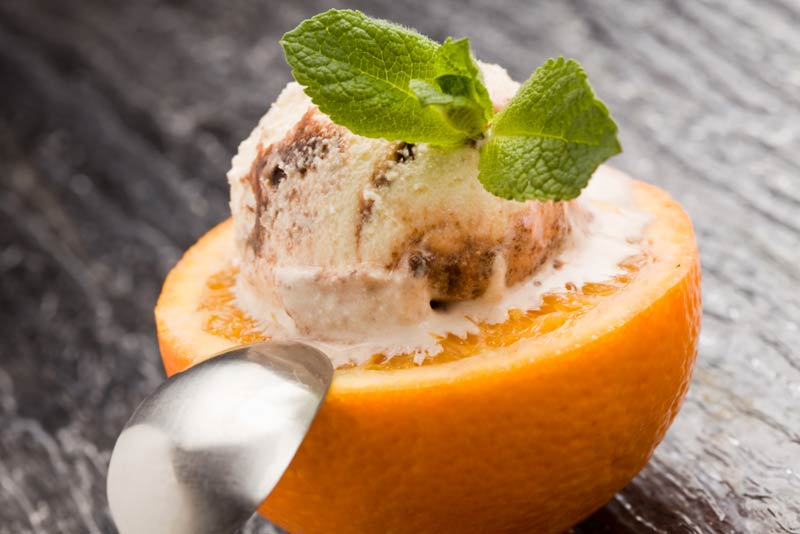
At the opposite end of taste awareness from piquance's peppers is that minty and fresh awareness from peppermint or menthol. The aforementioned trick of sensory perception is at piece of work here – activated impact receptors, called TPRM8 in this case, fool the brain into sensing coldness at normal oral temperatures, said Hayes.
As touch sensations, both piquance and coolness are transmitted to the brain via the trigeminal nervus, rather than the three classical fretfulness for sense of taste. "The set of nerves that acquit the burn and cooling sensation are unlike than from taste sensation," said Hayes. [10 Fun Brain Facts]
Still, in that location is an statement that temperature sensation, both in the 18-carat sense and in the confused-brain phenomenon of piquance and coolness, deserves to be in the pantheon of bones tastes. Interestingly, Germanic people dating back to 1500 had considered heat sensation as a gustatory modality, Hayes said, and the modernistic debate over temperature'southward status is far from over.

Withal another controversial "taste" is our registering of metals, such as gold and argent, in the oral cavity. Some Asian cultures place golden and silver leaf, as it's called, atop curry dishes and candies, while Europeans fancy a bit of these metallic foils on pastries. The silver foil garnish is known every bit "vark" when used on Indian sweets, as in the picture above.
Although unremarkably tasteless, such garnishes are sometimes reported as having a distinctive flavor. Researchers have shown that this sensation might take something to practise with electrical conductivity, in effect giving the tongue a niggling zap. "If y'all cut a copper penny in half, expose the zinc cadre and put information technology on the tongue, y'all get a whopping metal taste," said Harry Lawless, a professor emeritus of food science at Cornell University. "It's like a little battery, with a drop of saliva – you become nigh 550 millivolts."
Lab tests have failed to plough up a metallic-taste receptor, Lawless said, and it remains unclear if electrical electrical conductivity or something more than is going on for those shiny culinary embellishments. "We're leaving the door open," Lawless said.
Fatty
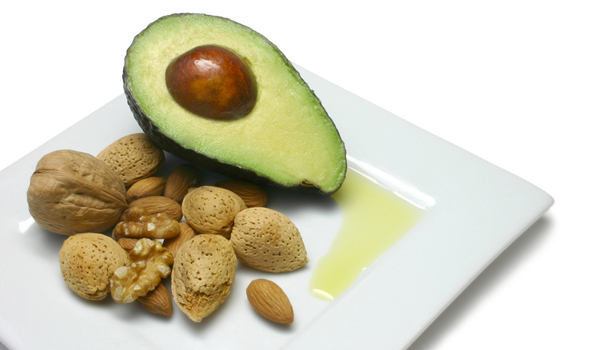
The jury is nevertheless out on whether our tongues can gustation fat, or only feel its creamy texture. Conspicuously, many of united states of america enjoy fat foods, from well-marbled steak to pretty much fried annihilation.
"Fat is a tremendous source of calories," said Linda Bartoshuk, a physiological psychologist at the University of Florida "Eating fatty is encouraged past our brains to have us survive."
Mice can taste fat, research has shown, and it looks like humans tin can as well, according to a 2010 study in the British Periodical of Nutrition. The study revealed varying taste thresholds for fatty acids – the long chains that forth with glycerol comprise fats, or lipids – in participants.
Intriguingly, the subjects with the higher sensitivities to fat ate fewer fatty menu items and were less likely to be overweight than those with low sensitivity.
Bartoshuk, who was not involved in the inquiry, noted that fatty acids "tend to taste bitter in the rima oris," and she thinks touch fibers in the taste buds sense the creamy thickness of non-cleaved-downward fatty globs instead.
Carbon Dioxide
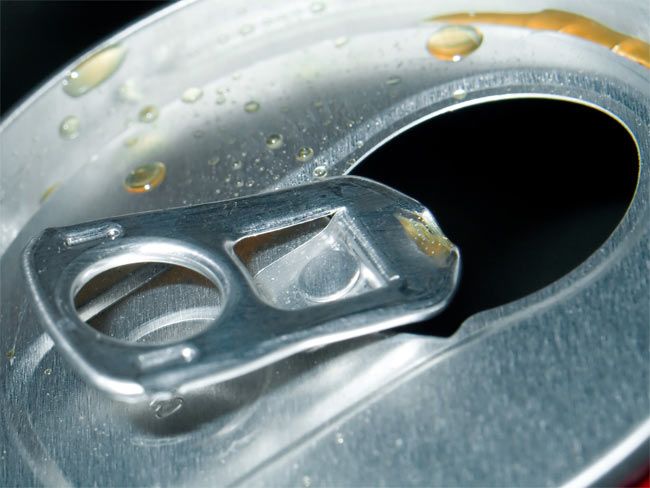
Notwithstanding another strong sixth sense of taste candidate: carbon dioxide (CO2). When dissolved in liquids, this gas gives soda, beer, champagne and other carbonated beverages their zingy fizz. [Infographic: All Nearly Champagne]
That familiar tingling was thought to result from bubbles bursting on the tongue, and had therefore been consigned to the touch category. "It's tricky because CO2 was always considered a trigeminal stimulus," said Tordoff.
Researchers presented a strong example for dedicated, sense of taste bud-based carbon dioxide sensors in a Scientific discipline paper in 2009. They found that an enzyme called carbonic anhydrase 4, which appears on sour taste-sensing cells, specifically detects carbon dioxide in mice.
Further bear witness comes from a drug called acetazolamide, ofttimes taken by climbers to avoid altitude sickness. Acetazolamide blocks the activity of carbonic anhydrase iv. Upon reaching the acme and cracking a beer or popping a bottle of bubbly, climbers take reported that the beverages taste boringly apartment.
Thus, for those celebrating this New year's day's with a traditional drinking glass of champagne, take delight in the range of tastes – whether official or not – that our tongues and brains affords usa.
Source: https://www.livescience.com/17782-sixth-taste-flavors.html

0 Response to "Critical Role There It Is Again The Copper on Your Tongue the Very First Thing You Ever Tasted"
Post a Comment